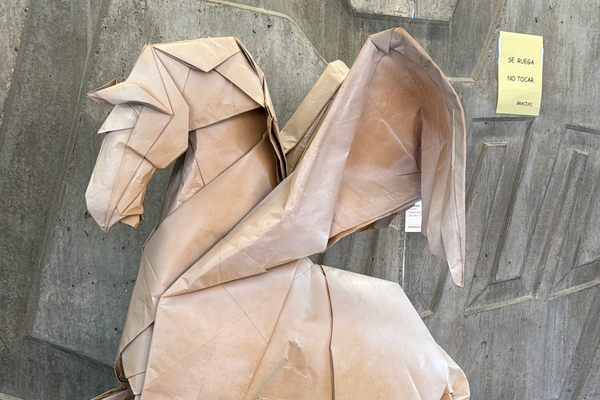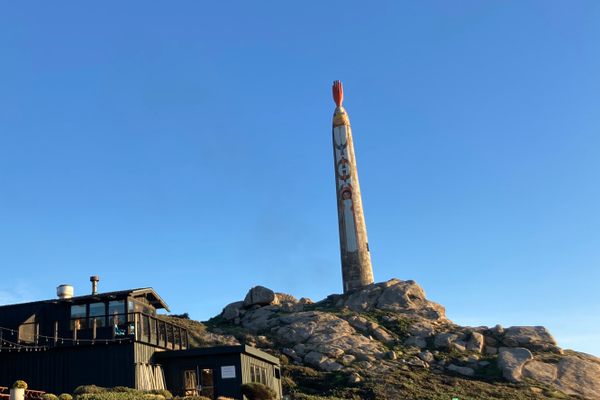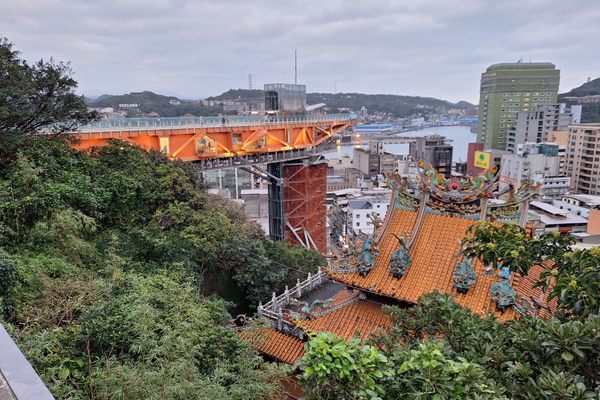About
The orizuru, or folded crane, is a classic origami design that is not only beautiful but also holds deep cultural significance in Japan, where it is said that folding 1,000 cranes (senbazuru) grants the folder one wish.
The significance of orizuru and senbazuru in Hiroshima is deeply rooted in the story of Sadako Sasaki, a hibakusha, a victim of the atomic bombing of Hiroshima. Sadako was just two years old at the time of the atomic bombing, and although she initially survived and suffered no apparent injuries, within a decade Sadako had developed symptoms of radiation exposure.
While hospitalized, Sadako was determined to fold 1,000 paper cranes, and used any paper she could find, including her medicine wrappers. Sadako is believed to have surpassed her goal by 300. Tragically, within a year of her symptoms presenting, Sadako passed away. Her creative commitment made the orizuru a poignant symbol associated with Hiroshima’s wishes for healing and peace. The Hiroshima Peace Memorial Museum houses a collection of Sadako’s paper cranes, while the Peace Memorial Park is home to the Children's Peace Monument, a monument for peace to commemorate Sadako Sasaki and the thousands of child victims of the atomic bombing of Hiroshima.
Hiroshima’s Orizuru Tower offers sweeping views of the Peace Memorial Park, the Atomic Bomb Dome, the Atomic Bomb Hypercentre, and the wider city from its Hiroshima Hills rooftop observation deck, providing a powerful contrast between the city's tragic past, recovery, and present prosperity and beauty. One of the tower’s most remarkable features is its Orizuru Wall. This glass wall stretches the tower’s height and is gradually being filled with orizuru, as a symbolic display of hope and wishes from around the world. Visitors to Orizuru Tower are invited to fold a paper crane before dropping it from the 12th floor into the Orizuru Wall.
In July 2024, the wall surpassed 1 million cranes after eight years of collecting. From the street opposite, passersby can take in the vast collection and watch as newly crafted paper cranes float down the tower’s height to join this number and grow the wall of hope and goodwill.
In addition to the wall, the 12th-floor Orizuru Square features interactive screens that allow visitors to engage with the symbolism of the paper crane, such as creating a virtual orizuru, and flying a paper crane as it soars over the city.
Related Tags
Know Before You Go
There is an entrance fee to the Orizuru Tower, and an additional fee to add a paper crane to the Orizuru Wall. A portion of this is donated to preserve the Atomic Bomb Dome.
Hidden Japan: Sado Island, Nara & Kyoto
Explore a different side of Japan.
Book NowPublished
September 9, 2024





































